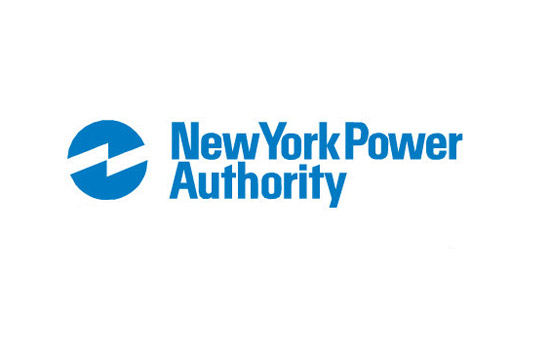RIT partners with Power Authority on improvements
University is the first private institution in the state to participate in this program
Rochester Institute of Technology will make efficiency improvements to cooling systems in four campus buildings, thanks to a low-cost loan provided by the New York Power Authority (NYPA).
RIT is the first private university in the state to receive such funding, a program made possible by legislation sponsored by Assembly Majority Leader Joe Morelle (D-Irondequoit) and Sen. George D. Maziarz (R-Newfane, Niagara County) and signed into law by Gov. Andrew Cuomo in 2011. Up until now, this program has been available only to state, city, and local government-operated facilities.
“We are pleased that NYPA has chosen RIT as the first private university to take advantage of this important program, and are grateful for the work of our legislators and the governor’s support that made it possible,” said RIT President Bill Destler. “This loan will be instrumental in helping us continue the work of making our campus as energy efficient as possible, in keeping with our pledge to reduce the university’s carbon footprint.”
NYPA is making available $400,000 in a 10-year, low-interest loan to RIT.
“We were thrilled when Gov. Cuomo amended state law to allow private colleges to participate in our Energy Efficiency Program, which has benefited public universities and schools for years,” said NYPA president and CEO Gil Quiniones. “Today, we’re proud to partner with RIT to reduce the university’s energy costs and usage, and look forward to improving energy efficiency at more educational institutions.”
The funds will be used for a chilled water optimization project. The project seeks to enhance the performance and efficiency of the chilled water system that drives the cooling process, thereby reducing energy needed for cooling buildings.
This project, which calls for replacing or modifying systems in four campus buildings, is estimated to save RIT 730,000 kilowatt hours of electricity each year, said Catherine Ahern, director of engineering services for RIT’s Facility Management Services.
At current market prices, Ahern said, that will result in an annual savings of $73,000 a year.
“RIT continues to be among the vanguard in the development of innovative and sustainable models for economic growth and energy use,” Morelle said. “I am pleased that the legislation we passed has led to this great partnership between NYPA and RIT, and I know it is only the first indication of what this new approach will mean for the future.”
“This legislation is extremely important, as it is geared to help organizations both reduce their energy costs and initiate energy efficient projects,” said Maziarz, chairman of the Senate Energy and Telecommunications Committee. “I am extremely pleased that the first private institution selected under this legislation was in Upstate New York, and especially the selection of RIT as it is a national leader in innovation and efficiency. Not only will this program lower energy costs, but it will provide the university the opportunity for economic growth and development.”
Even more important than the financial savings is the reduced cost of energy, Ahern said, in keeping with RIT President Destler’s pledge to institute measures that will reduce energy consumption—and thereby RIT’s carbon footprint—campus wide. In 2009, Destler signed the American College & University Presidents Climate Commitment. RIT recently completed a project replacing fluorescent lighting in several buildings with more efficient, custom LED bulbs, a move estimated to save RIT more than $300,000 a year in energy and maintenance costs.
Ahern said RIT was an excellent candidate for the NYPA program because the university has done extensive energy conservation studies, focused on identifying the most cost-effective ways to reduce consumption.
“We have done a lot of work in this area, looking at our existing systems and how they can be improved to save energy and money,” Ahern said. “We have projects all teed up, and ready to go. Now, thanks to this loan, we can begin this project, which we expect will result in immediate savings.”
Ahern said work on this chilled water optimization project should be completed within the next six months.
About NYPA: The New York Power Authority uses no tax money or state credit. It finances its operations through the sale of bonds and revenues earned in large part through sales of electricity. NYPA is a leader in promoting energy efficiency, new energy technologies and electric transportation initiatives. It is the nation's largest state public power organization, with 16 generating facilities in various parts of New York state and more than 1,400 circuit-miles of transmission lines. Approximately 80 percent of the electricity it produces is clean renewable hydropower. Its lower-cost power production and electricity purchases support hundreds of thousands of jobs throughout the state.














